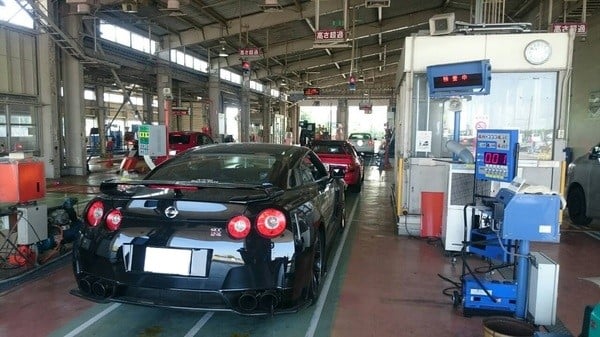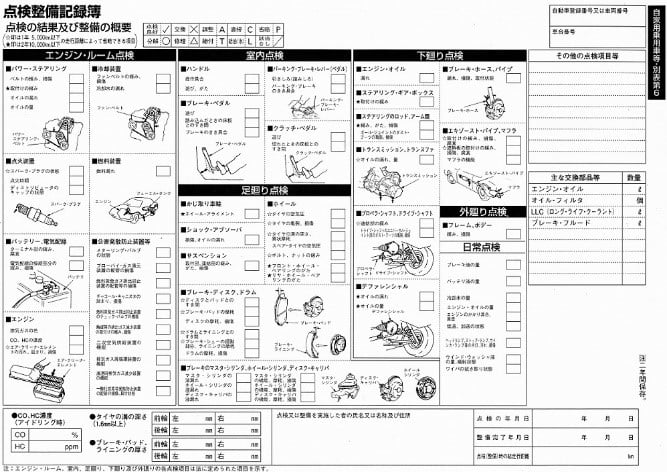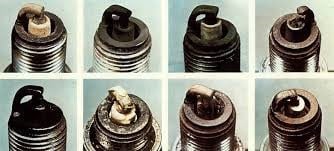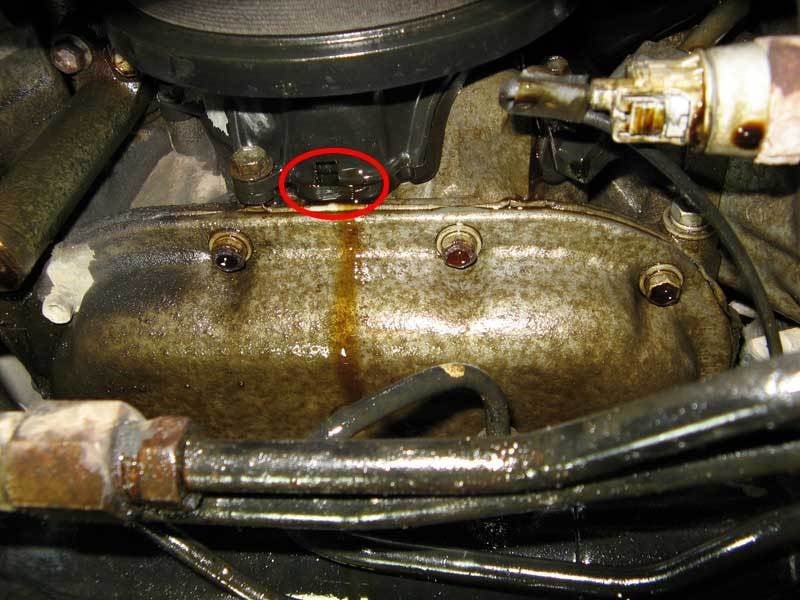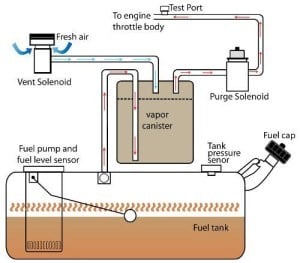- Homepage
- Search Engine Registration
- JCD Info▼
- Cost and Services▼
- Sold and Exported JDM Vehicles▼
- Japanese Domestic Market▼
- Kei Vehicles▼
- Shipping Destinations▼
- Info and Terms▼
- Frequently Asked Questions
- How To Read Auction Sheets
- Vehicle Search Engine
- Japan Car News
- JCD Blog
- JCD MERCH
- Contact Us


